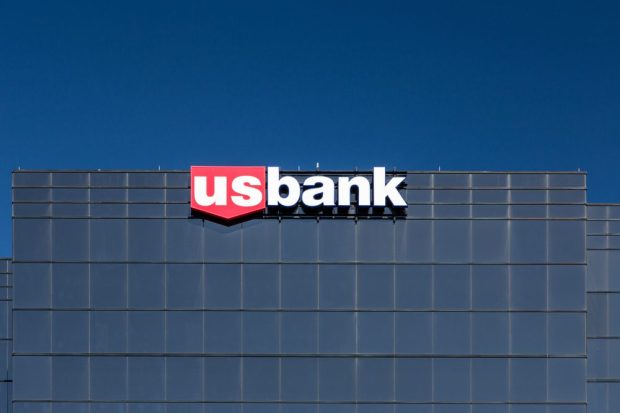U.S. Bancorp Backs Tokenized Assets Network Firm Ownera

Digital assets software company Ownera has added U.S. Bancorp to its investor list.
The company announced Wednesday (Mar. 1) that the banking giant had joined its Series A investment round as it works to “digitize paper-heavy and illiquid” private markets.
“This investment will allow us to play an important role in shaping the future of capital markets, one where issuers and institutional investors have more real-time visibility into assets and can more efficiently transfer ownership and settle transactions,” said Jim Kelligrew, U.S. Bank’s vice chair and head of corporate and commercial banking, in a news release.
“Our goal is to provide our capital markets clients a more streamlined experience, helping them save time and money, all while experiencing unprecedented transparency.”
PYMNTS reported in September that the London-based Ownera had raised $20 million in its Series A round.
“It is commonly accepted that the tokenization of securities has the capacity to digitize markets with total value in the trillions of dollars,” Ownera Co-Founder and CEO Ami Ben-David said at the time.
“Dozens of platforms are being deployed by financial institutions across the market, and our job is to be the neutral layer, seamlessly interconnecting them into one global distribution and liquidity network, using open-source network specifications.”
Ownera said that where there are now siloed tokenization platforms and trading interfaces, its goal is to develop a global unified inter-trading pipeline.
The company says its unified digital securities wallet is connected to an application programming interface (API) that aggregates and normalizes the offerings, allowing clients to invest, trade, lend and borrow against the connected set of tokenized assets.
As PYMNTS reported last year, tokenization is also being for quicker payment rails, security and privacy.
By adding the tokenization of deposit and checking account information to the RTP network and Electronic Payments Network, participants can make sure that senders’ and receivers’ account information is not shared with any other party.
More recently, PYMNTS looked at tokenization in an interview with Joseph Meuse, vice president of product manager at Spreedly, on the use of payment vaults.
Meuse said that vaulting has always been done in one way or another — it’s simply the concept of storing a card. In its latest form, these secure apps store and encrypt consumers’ payment credentials, most notably using network tokens.
Network tokenization, he said, is leading to higher approval rates among issuers and reduced fraud, as well as a reduction in interchange for some payment networks.
“But what we’re seeing now is the recognition,” on the part of organizations, “of newer, advanced ways to do that vaulting.”
Vaulting, he said, can be used for far more than just protecting data — it can help a business use stored data, too.

